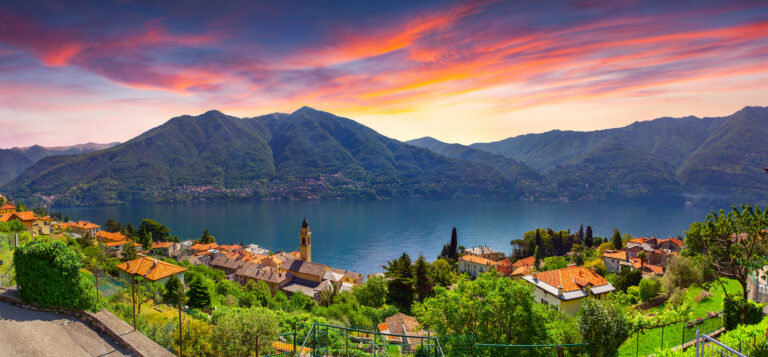Get to Know Split Croatia
Split Croatia has been called “the most beautiful city in the world,” and this jewel on the Adriatic Sea certainly lives up to that description with its sunny climate, historical sites, lovely — if crowded — beaches and variety of outdoor recreational opportunities.
The city’s name may have originated from Greek colonists in the third century BC, who called the area “Spálathos” after a type of spiny broom plant that grows nearby. After going through various incarnations during Roman, Venetian and Austrian rule, the name evolved into “Split” in the Serbo-Croatian language.
Planning Your Trip
Split is home to Croatia’s second-largest airport, so you should have no problem flying into the city from almost anywhere in Europe. However, the airport is located some distance from the city, so plan to hire a private driver, rent a car or take a taxi into Split. You can also take a train from other cities in Croatia, as the station is situated right in the city center, or come by ferry from Dubrovnik, Rijeka or even Italy.
Temperatures in Split are near perfect, especially in the summer when averages hover in the high 70s to low 80s. Rainy days are less common than in Dubrovnik, and even in the off-season you’re likely to have a few hours of sunshine in the middle of the day. Make sure you’ve got at least a lightweight jacket with you in all but the peak summer months, just in case.
Split’s modern amenities mean that you’ll be able to find some very high-end restaurants and wine cellars in the city. Reservations are almost always a necessity, especially for popular establishments in the city center.
Places to Visit
With Greek, Roman, Byzantine, Venetian and Austrian influences, Split is truly a melting pot. Historic sites and everyday living co-exist — think laundry drying in the window just outside ancient ruins — and give the city a unique atmosphere that you’ll be hard-pressed to find elsewhere.
Diocletian’s Palace
Roman Emperor Diocletian built this huge military fortress slash luxurious palace in the third century, and it has survived the centuries — in fact, the remains may be the best preserved Roman ruins in the Mediterranean. The city grew up around the palace, which is now a UNESCO heritage site, and its narrow streets wind around the grounds. Go underground to see the passages used in Game of Thrones filming.
Cathedral of St. Domnius
Climb the Bell Tower for a great view of Split, then come down to explore the interior of the cathedral. The building, constructed as the Mausoleum for Diocletian in the 3rd century, is the oldest Catholic cathedral still in use and second oldest of any Christian cathedral in the world. Be sure to view the cathedral’s wooden doors, carved with scenes from the life of Christ by Croatian sculptor Andrija Buvina in 1220.
Archeological Museum
First opened in 1820, this is the oldest museum in Croatia and features artifacts from prehistoric to Roman to medieval times. Worth a visit to see what catches your eye, especially if you’re a history buff, but don’t expect the sleek organization of a more modern museum.
Riva Harbor and walk to Ivan Mestrovic Gallery
The waterfront walkway is often crowded but makes a great location for people watching. Stroll along, grab a bite to eat or drink from a café, and take in the coastal views. If you go all the way along the marina and take a 20-minute walk down the road, you’ll reach the marvelous Ivan Mestrovic Gallery that houses the comprehensive works of this famous Croatian sculptor.
Poljud Stadium
If you have a chance to take in a soccer (football to the rest of the world) game in this 36,000-person stadium, don’t miss it. Built by the Yugoslavian government to host the 1979 Mediterranean Games, the stadium is home to Hajduk, one of the most popular sports teams in this part of Croatia. Tip: Don’t sit in the north part of the stadium during a game; it’s reserved for the loud and rowdy fanbase called the Torcida.
Marjan
Just a few minutes’ walk from Split’s center, this forested natural area (think New York’s Central Park) gives you excellent views of the sea and the city. Walk along the path to drink in the calm natural environment; if you like, you can continue along to lovely Bene Beach.
Green Market (Pazar)
This open market displays a variety of produce, clothing and souvenirs, but the real fun is in the street musicians and people watching.
Want to lean more about this spectacular destination? Be sure to download out A Tour of Croatia eBook right here!
{{cta(‘6401ab88-9b15-47f8-8600-ae61f4137581’)}}


